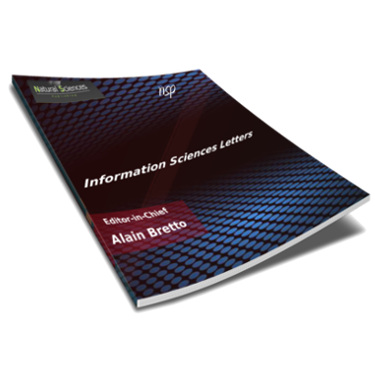
Information Sciences Letters
Abstract
The present paper suggests that the Quranic language is a source of rhetoric and eloquence, contributing to a more elevated translation of English classics. Hence, the paper identifies some of the linguistic and stylistic features of the Holy Quran at the rhetorical and lexical levels that can be utilized in translation in the form of either implicit or explicit intertextuality. The researchers apply this proposed translation approach to selected parts of a 19th-century novel, namely Charlotte Bronte’s Jane Eyre. The method used to assess the success of this approach was to present the translated excerpts using lexical and rhetorical intertextuality against Helmy Murad’s published translation of the novel. The excerpts were then evaluated by a jury of judges comprising nine experts specialized in translation, linguistics, English literature, and Arabic literature in order to provide their input and evaluation on a Likert scale. The statistical analysis of jury responses suggests that the researchers’ translation was fairly successful in general, scoring an average of 4.35 and 4.30 out of 5.00 for the rhetorical and lexical intertextuality respectively. The paper concludes that Quranic intertextuality can be applied to texts selectively depending on several considerations as part of other strategies rather than on its own account. The researchers also recommend conducting further studies on the Quranic style and expressions that can be utilized in the translation of various types of canonical literature, whether prose or verse.
Recommended Citation
I. Aljadid, Renad; K. Allawzi, Areej; and S. S. AlMazaidah, Ismail
(2023)
"Adopting Quranic Intertextuality in the Translation of Canonical Literature: A Lexical & Rhetorical Take on Intertextuality,"
Information Sciences Letters: Vol. 12
:
Iss.
11
, PP -.
Available at:
https://digitalcommons.aaru.edu.jo/isl/vol12/iss11/32

